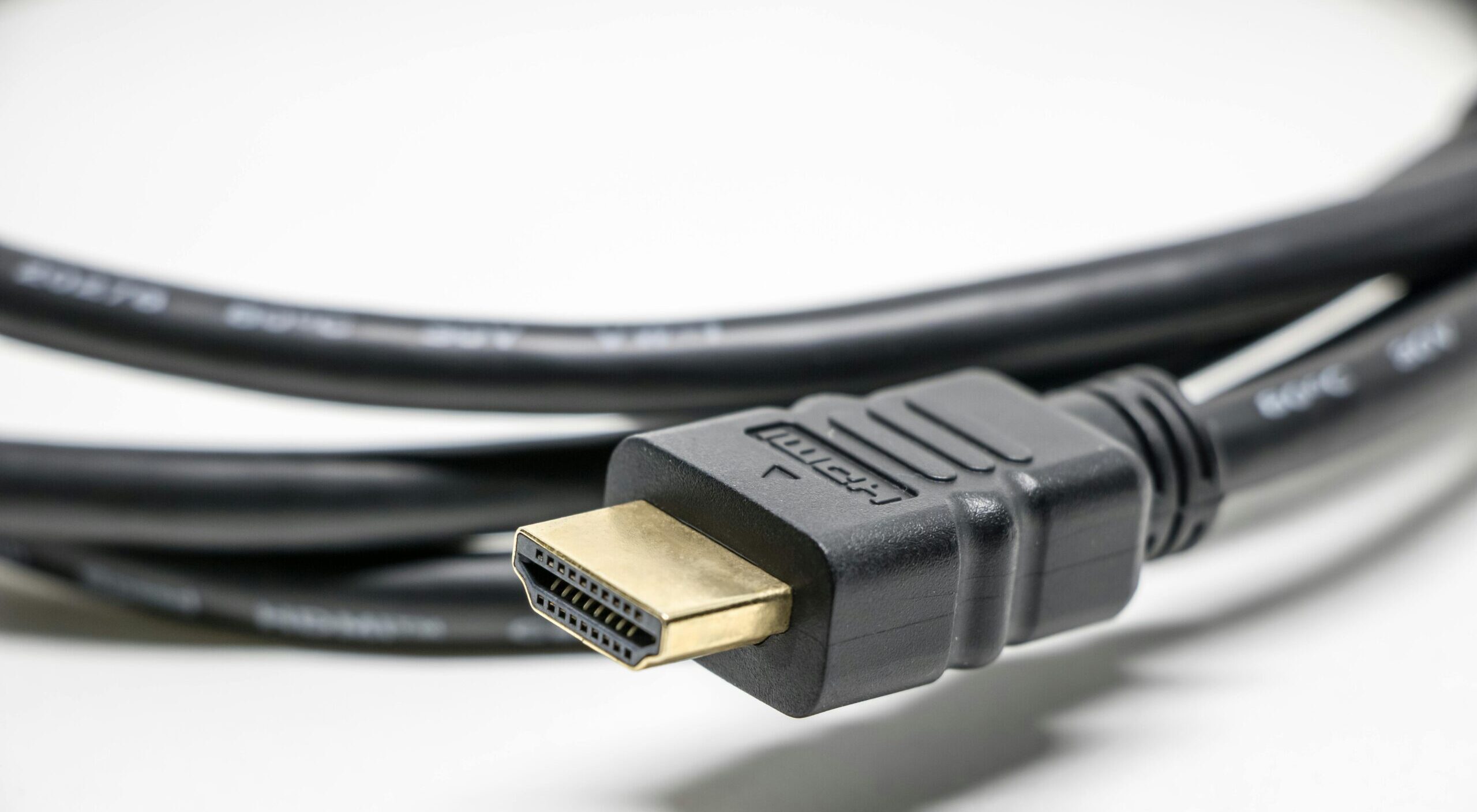Choosing the right cable to transfer audio signals can be daunting. With so many options available, it’s easy to feel overwhelmed. Different cables offer different qualities and features. What’s The Best Cable to Transfer an Audio Signal?
In this blog post, we will explore the best cables for audio transmission. We will break down the types, their advantages, and help you make an informed decision. Let’s dive into the world of audio cables!
One of the most common types of audio cables is the XLR cable, which is widely used in professional audio settings due to its balanced design that minimizes noise and interference. Ideal for connecting microphones to mixers or audio interfaces,
XLR cables ensure high-quality sound transmission over long distances. Another popular option is the TRS (Tip-Ring-Sleeve) cable, often used for connecting instruments or line-level devices.
Understanding the specific application and environment in which you will use these cables is crucial, as it will guide you in selecting the right type that meets your audio needs while providing optimal performance.
Additionally, for home audio setups, RCA cables are a staple, especially for connecting stereo systems, televisions, and other devices. These cables come in pairs—one for the left audio channel and one for the right—allowing for a rich stereo sound experience.
While RCA cables are generally straightforward, it’s important to consider the quality of the connectors and the cable itself to avoid signal degradation. For digital audio transmission, optical cables, such as Toslink, are also worth mentioning, as they utilize light to transmit audio signals
effectively eliminating electromagnetic interference. Each type of audio cable has its own strengths and weaknesses, making it essential to assess your specific requirements before making a purchase to ensure you achieve the best sound quality possible.
What type of cable can be used to transfer audio?
Several types of cables can be used to transfer audio, and the choice largely depends on whether you need an **analog** or **digital** connection. For analog audio, common options include **RCA cables**, often used in home audio systems; **3.5mm auxiliary cables**,
which are popular for personal devices and car audio; and **XLR or TRS cables**, which are professional-grade, balanced connections that minimize noise and interference. These analog cables carry continuous electrical signals that represent sound waves, making them a standard in both consumer and professional setups.
For digital audio, cables such as **optical (TOSLINK)**, **HDMI**, or **coaxial digital cables** are widely used. These transmit audio as digital data, offering higher resistance to interference and supporting multi-channel formats like Dolby Digital or DTS.
Digital cables are especially useful in home theater systems, recording studios, and high-resolution audio setups where signal integrity is critical. Ultimately, the right cable depends on the devices you are connecting, the distance of the run, and the level of audio quality required.

